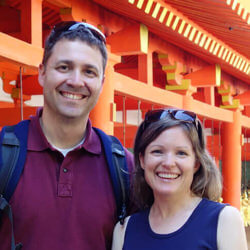Bowing in Japan
Bowing in Japan is quite well-known, and having a good understanding of this very important social behavior will help you look like a Japanese culture pro.
Bowing in Japan
Japan’s society is built upon subtlety and modesty. So, it’s reasonable to imagine that over-exaggerated gestures, although unintentional, can be seen as having a lack of cultural understanding or even come off as rude.
Most of the situations I’ve come across are innocent and harmless. The intention is to return the kind gesture because the individual is overwhelmed by the Japanese hospitality.
Common Mistakes
The biggest mistake is to bow in the wrong way in the wrong situation. A perfect example is the very common mistake of exaggerating the bow and bowing too deeply. This can be misunderstood and seen as a mocking gesture when done in the wrong situation.
Another common mistake is joining your palms together in front of your chest or face, and bowing. Other Asian countries, like Thailand, do this to greet somebody, but not Japan.
Why You Should Know How to Bow
When tourists try to bow like Japanese people, they often do it excessively and in the wrong situations.
Knowing how and when to bow the right way, in the right situations, will make it look like you really know and understand Japanese culture. Which will have a very positive impact on your experience in Japan.
How to Bow Back
There are different degrees of bowing in Japan, and as a tourist you’re not expected to know this aspect of the culture intimately.
The bow that is most important for tourists to know is the slight bow, or eshaku. This is the most casual bow and it’s a polite way of saying thank you or excuse me.
This bow is achieved by slightly dipping your head, like you’re nodding at someone, or slightly moving your shoulders forward while nodding your head. Also, it’s common to look at the ground and not keep eye contact while bowing.
Deeper bows, which are more polite, are seen in more formal settings like business situations or business to customer situations.
As a tourist in Japan, there is a good chance you may be at the receiving end of these types of bows. It’s not uncommon for staff at a ryokan, hotel or high-end restaurant to great or say goodbye to customers with a deep bow.
This bow is directed at you as a customer and it’s a sign of gratitude and respect. You should never bow back with the same depth. If you feel you must respond, a simple arigato with a head nod, or a very slight bow will suffice.
Bowing back deeply would only be seen as a patronizing act.
If you don’t know what to do in a particular situation, always default to the slight bow. You are a visitor and the slight bow shows that you’re giving it an effort. It’s better to under bow than to over bow and come off as patronizing.
Need Help Planning Your Trip?
Learn everything you need to know about traveling Japan with our best selling Itinerary Planning Course.
Or inquire about our unique Small Group Tours.


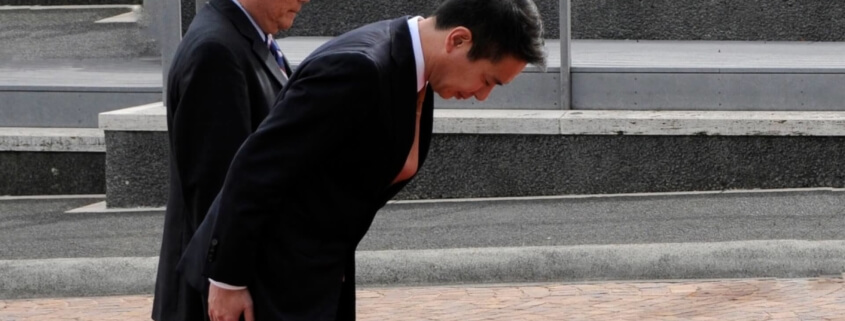
 Pixabay
Pixabay  @JAPANandmore
@JAPANandmore  @JAPANandmore
@JAPANandmore  ©Yoshikazu Takada
©Yoshikazu Takada 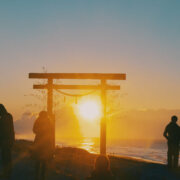
 ©JAPAN and more
©JAPAN and more 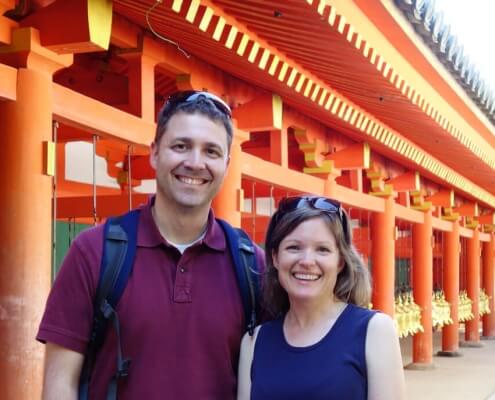
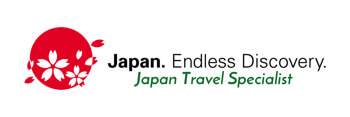



 Prime Minister's Office of Japan
Prime Minister's Office of Japan Prime Minister's Office of Japan
Prime Minister's Office of Japan